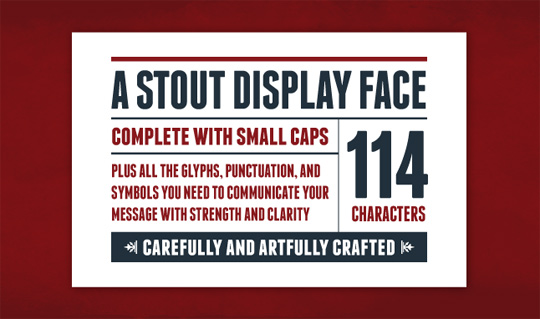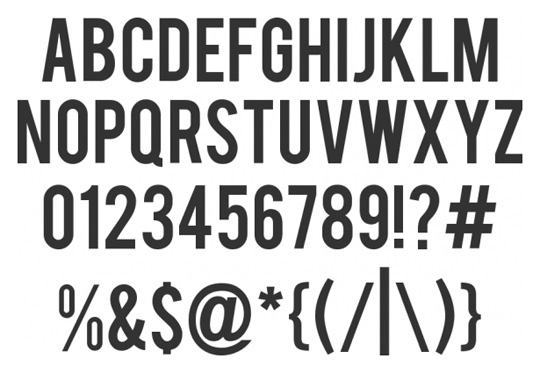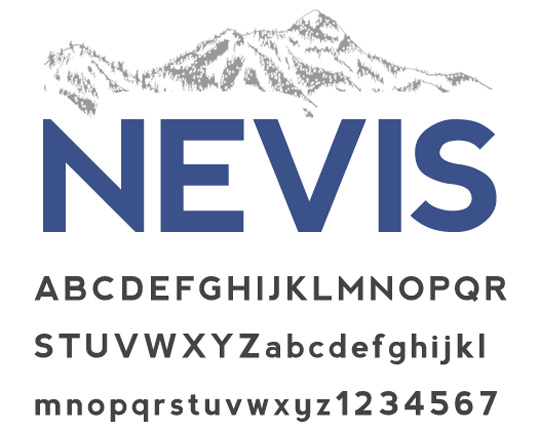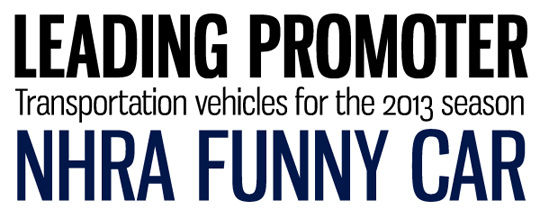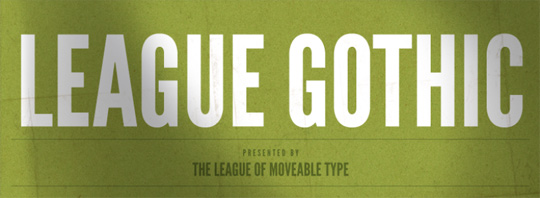Thesis three options
reading 6 notes
The Reflective Practitioner: How Professionals think in Action
Donald Schon
Schon questioned of the relationship between the kinds of knowledge honored in academia and the kinds of competence valued in professional practice. He was convinced that universities are not devoted to the production and distribution of fundamental knowledge in general but inattention to practical competence and professional artistry. This study is an analysis of the distinctive structure of reflection-inaction. Schon argues that it is susceptible to a kind of rigor that is both like and unlike the rigor of scholarly research and controlled experiment.
Knowing has the following properties:
There are actions, recognitions, and judgments which we know how to carry out.
Spontaneously; we do not have to think about them prior to or during their performance. We are often unaware of having learned to do these things. We are usually unable to describe the knowing which our action reveals.
It is in this sense that I speak of knowing-in-action, the characteristic mode of ordinary practical knowledge.
Reflecting-in-action. If common sense recognizes knowing-in-action, it also recognizes that we sometimes think about what we are doing. “feel for the ball” that lets you “repeat the exact same thing you did before that proved successful.
When someone reflects-in-action, he becomes a researcher in the practice context. He is not dependent on the categories of established theory and technique, but constructs a new theory of the unique case. His inquiry is not limited to a deliberation about means which depends on a prior agreement about ends. He does not keep means and ends separate, but defines them interactively as he frames a problematic situation. He does not separate thinking from doing, ratiocinating his way to a decision which he must later convert to action. Because his experimenting is a kind of action, implementation is built into his inquiry. Thus reflection-in-action can proceed, even in situations of uncertainty or uniqueness, because it is not bound by the dichotomies of Technical Rationality.
Semiotics: A Primer for Designers
Challis Hodge
Semiotics can be described as the study of signs that includes anything capable of standing for or representing a separate meaning. Paddy Whannel offered a slightly different definition. “Semiotics tells us things we already know in a language we will never understand.” Semiotics is important for designers as it allows us to gain insight into the relationships between signs, what they stand for, and the people who must interpret them — the people we design for.
Swiss linguist Ferdinand de Saussure is generally considered to be the founder of linguistics and semiotics. Structuralism is an analytical method used by many semioticians. Structuralists seek to describe the overall organization of sign systems as languages. They search for the deep and complex structures underlying the surface features of phenomena.
Semantics: the relationship of signs to what they stand for.
Syntactics (or syntax): the formal or structural relations between signs.
Pragmatics: the relation of signs to interpreters.
Daniel Chandler sums up: “The study of signs is the study of the construction and maintenance of reality. To decline such a study is to leave to others the control of the world of meanings.” Semiotics teaches us as designers that our work has no meaning outside the complex set of factors that define it. These factors are not static, but rather constantly changing because we are changing and creating them. The deeper our understanding and awareness of these factors, the better our control over the success of the work products we create.
a book review
Today i read a book called "Flaunt: designing effective, compelling and memorable portfolios of creative work". It offered 40 graduate students' portfolios, by showing the detailed production process of their portfolios. The book also provides seventeen designers experiences reviewing portfolios and conducting interviews. It offers very practical and insightful advises that would allow us to create the most appropriate portfolio.
20 Fonts Ideal for Big and Powerful Headings
Jones, Henry. WdL. 14 March 2010 http://webdesignledger.com/freebies/20-fonts-ideal-for-big-and-powerful-headings
best sans serif typeface
















Smashing Magazine. 14 Mar 2010 http://www.smashingmagazine.com/2007/08/08/80-beautiful-fonts-typefaces-for-professional-design/
best serif typfaces
Best Design Options. 10 Mar 2010 http://bestdesignoptions.com/?p=733
reading 5 notes
Why designers can’t think
Michael Bierut
Kenneth Fitzgerald
Author agreed that improving life is one of design’s ambitions, but it’s just not design’s primary objective. Design’s first concern is reproduction. It is assuring the creation of more professional design. To assure its existence, design strives to create a class of expert professional practitioners with high social standing. Design deliberately makes little real substantive effort to reach out to non-designers to explain what it’s doing and why.
Design research used a lot of the same methodology as market research at human center form. Market research tells you how to sell something, design research inform how you decide at the first place.
Design shapes the future we are living in from the tool of design research.
Design process is about people and situated contexts. Part of design research is designing tools that helps you understand human subject and cast your finding in the way that let you see patterns.
Begin human center research and hang up by the door. Diploid different media types strategically to cohesive together.
The course of first year research, they deal with qualitative research and secondary research, conducting human center research. Design tools to look at the data. Formal research explores materials and forms- research topic and subject. From there, we move to scenario building and strategic analysis. Form a grand strategy and economic model. Proto-testing and branding.
Understanding people and situated contexts.
How can human-centered design research be conducted economically?
Deploy methods strategically, begin with quantitative data, identity patterns, use qualitative methods with sample sizes, and confirm findings with follow-up qualitative studies.
Focus group is complete waste of time among kids. Example of 14 years old situated contexts.
Research video shows more about situated contexts in terms of the experiences of the person.
Probes, example of six-year-old research. In our business, photo probes is common.
Analysis: reality maps, personas for baby boomers.
Outcomes from studio:
Missions: to inform, expand, and connect and hybrid car community
Missions: to inform and activate Baby Boomers around crucial social issues
Missions: to provide an attentive, personal means for tweens to relieve stress.
Tune your intuition: become a zeitgeist taster
Human change: demographics, emergent social topologies
Human crises: health, extremism and conflict, climate change
Sustainability: design book “cradle to cradle”, materials and technologies
New ecologies of things: sensor networks, locative technologies, IP everywhere, open-source everything
Hope is an active verb, design is an active verb.
reading 4 notes
“On (Design) Bullshit”
Michael Bierut
What is the relationship of bullshit and design?
The intuitive decisions, I just like to set my headlines in Bodoni, or I just like to make my products blobby.
Jessica Helfand and William Drenttel from Michael Bierut, William Drenttel, and Steven Heller
Science is the connective tissue linking past to present to future, and in this context, its relationship to visual communication is critical. It is through graphic design that the complexities and wonders of science are revealed.
Information design is rational and authoritative, classified and controlled to within an inch of its life: everything in its place and a place for everything. Label it information design and it looks serious. Number it and it looks scientific. But it’s a false authority, particularly because we buy into the form so unquestioningly.
Michael Vanderbyl
A clear, well-written proposal will direct research, the form of thesis project, and its design.
1. Start with what interests you.
2. Make sure you have a point.
3. Do not base your proposal on the obvious.
4. Think through your claims.
5. Do not make sweeping statements for dramatic effect or without supporting them with documentation. Define your terms.
6. Do not claim what you will prove anything-we are designers, not cold-fusion scientists.
7. Do not claim that you will prove anything.
8. Be aware that you will revise your proposal as your research dictates and your process evolves.
Research tips:
Reading, visual audits, interviews and bibliography.
1. Let your topic dictate the type of research you do, and have an idea of what you are looking for.
2. Maintain a level of cynicism. Be critical of your sources, and do not merely adopt a point of view without reading competing sources.
3. Consult with an expert mentor in your chosen field of study.
4. Develop a system for note-taking as you read. Tansnscribe salient thoughts and quotes as you encounter.
5. Footnote your sources.
6. Avoid reading pseudo-science.
7. Interviewing all your friends about your topic is not research of intellectual merit.
The thesis project tips:
1. Do not have preconceived ideas about what form your project will take. Let the form the determined by your proposal and content.
2. Create a written outline of your narrative/argument diagramming your core and secondary messages. This outline, when paired with visuals and select research, will serve as a guide to the realization of your thesis project.
3. Give your audience “multiple access points” to your content. Deliver your information on several levels: the “quick read.” Or overview, as well as the elaborations. The overview will allow you to hook them and then lead them deeper into your content.
4. The visual language of your thesis should be appropriate to your subject/content.
5. If you are unfamiliar with your chosen medium, don’t assume you will successfully accomplish your project in ten weeks. Make realistic time allowances for the inevitable learning curve.
6. Approach the idea of creating an installation with some trepidation.

